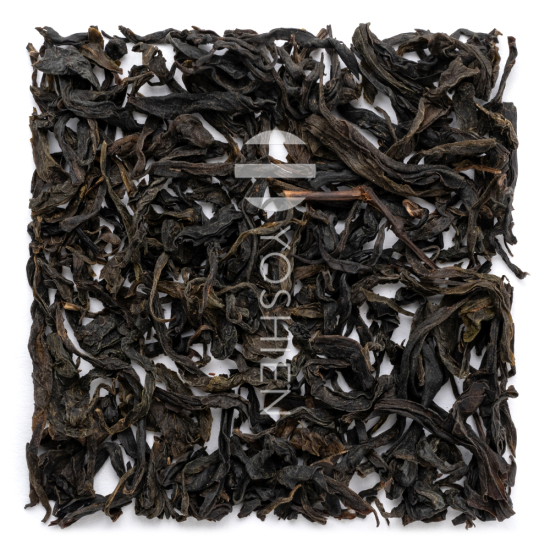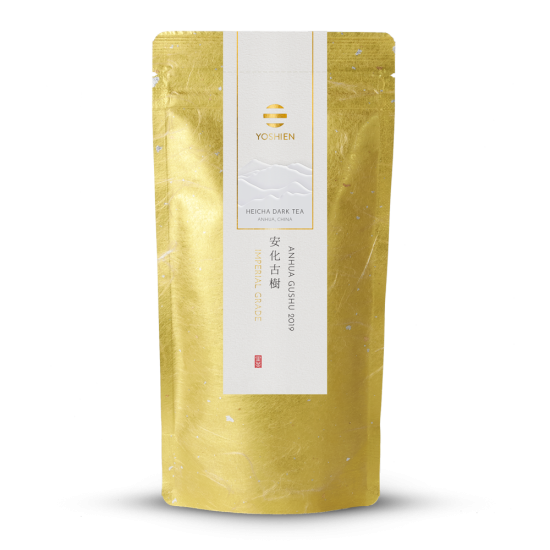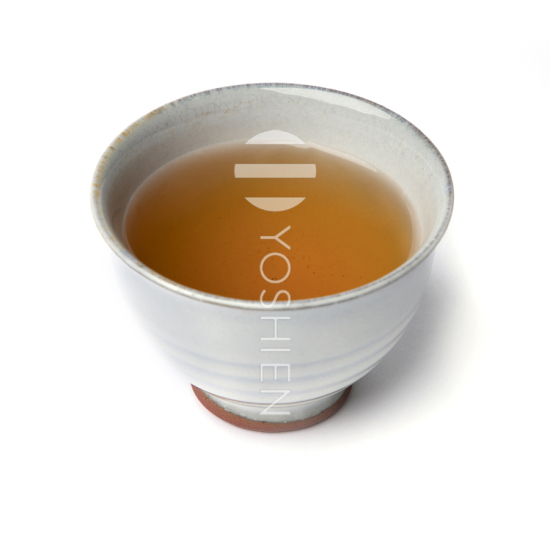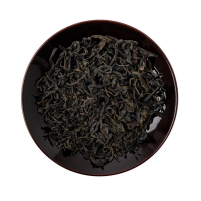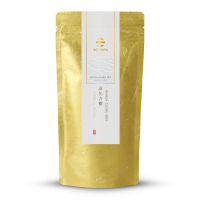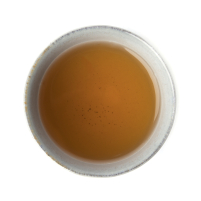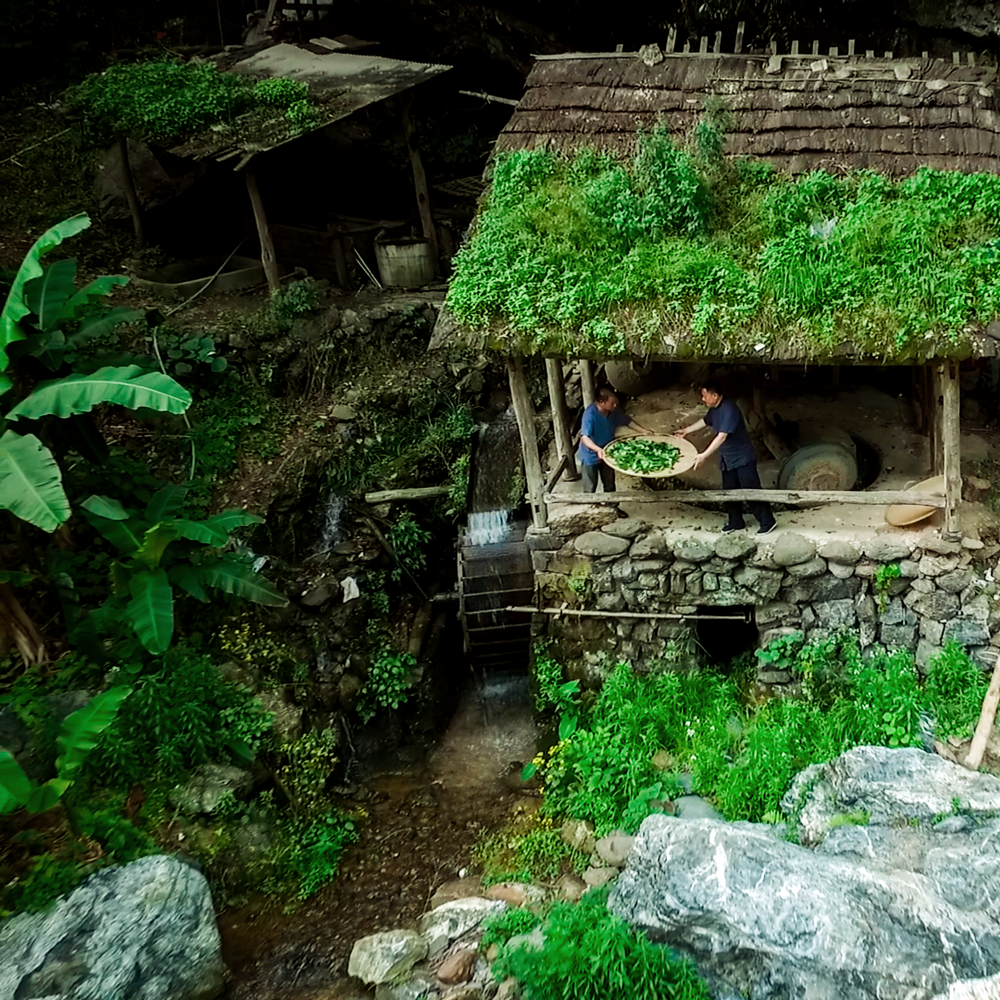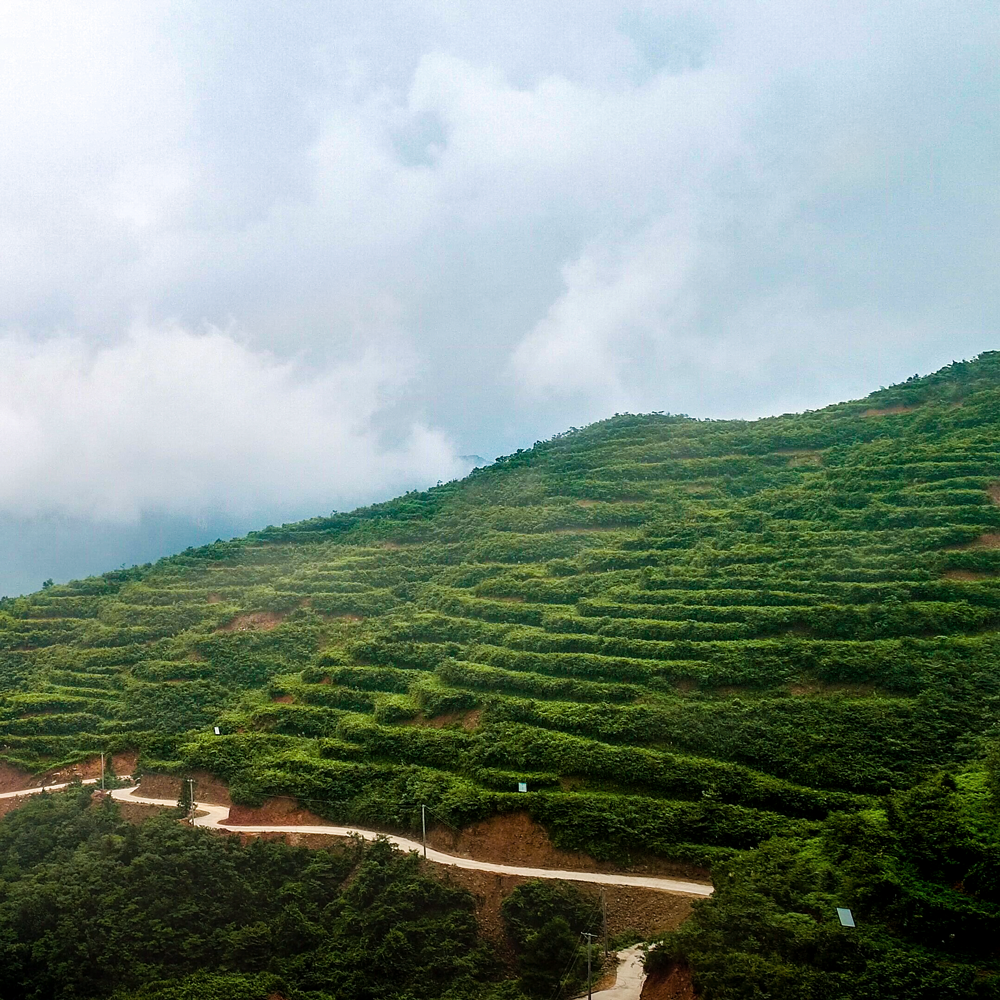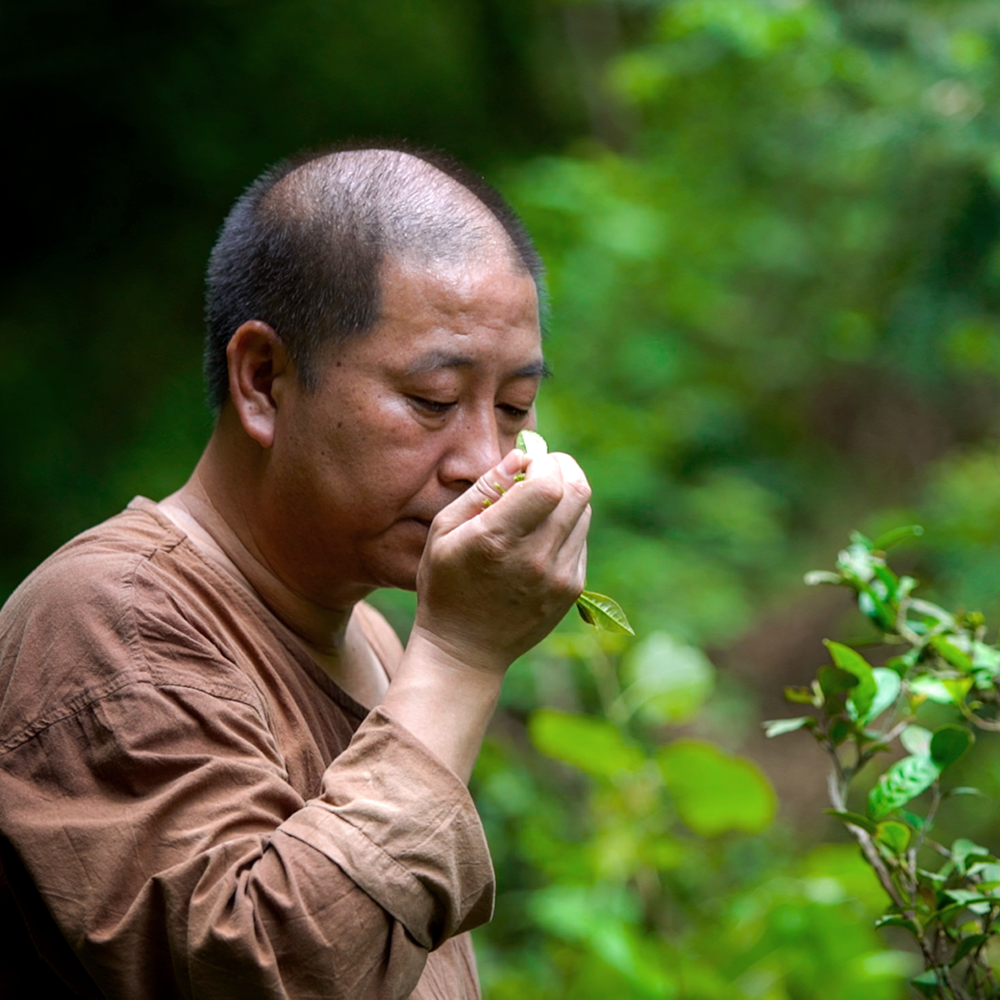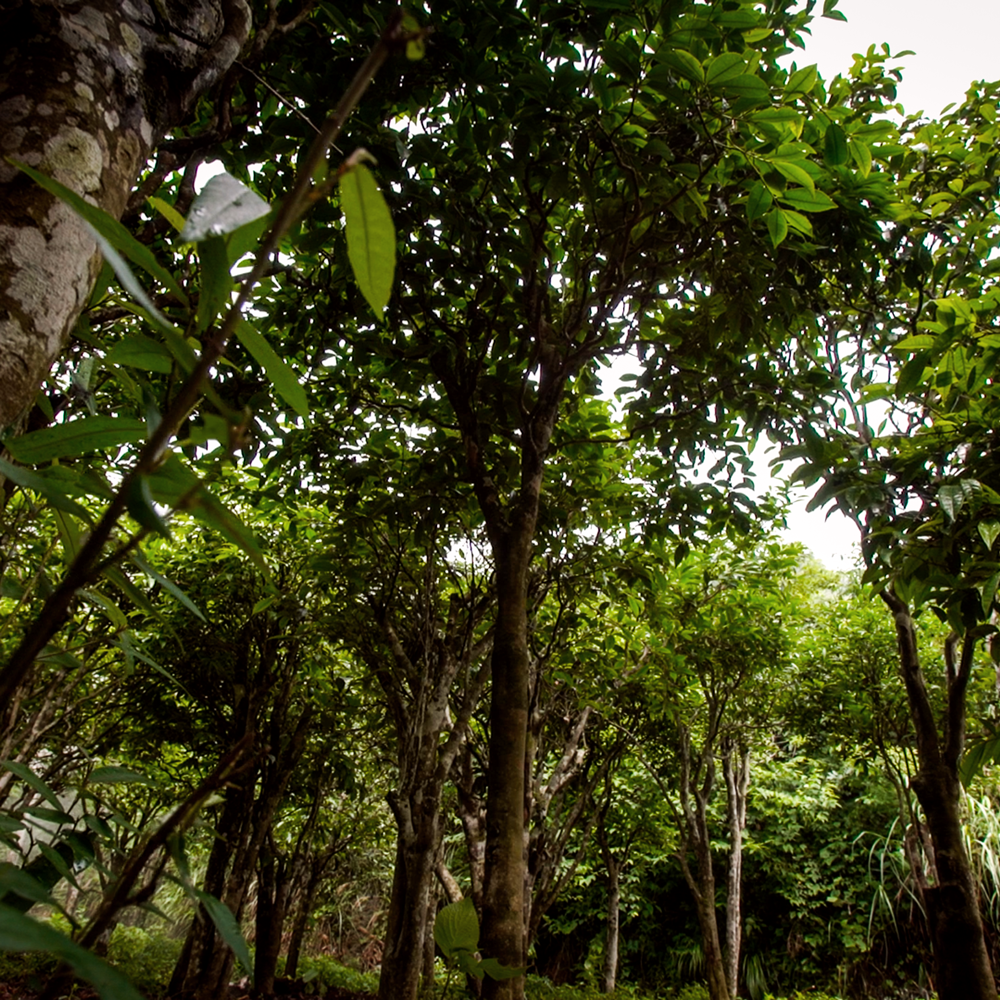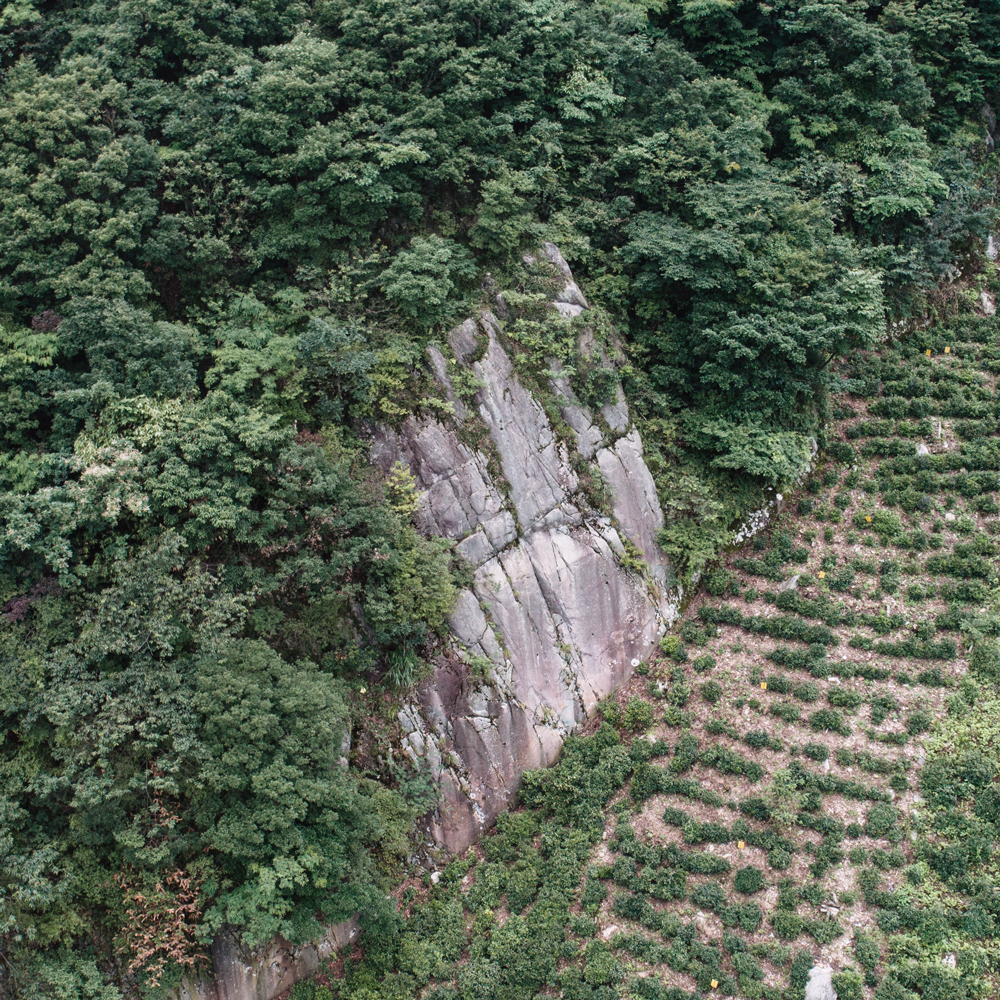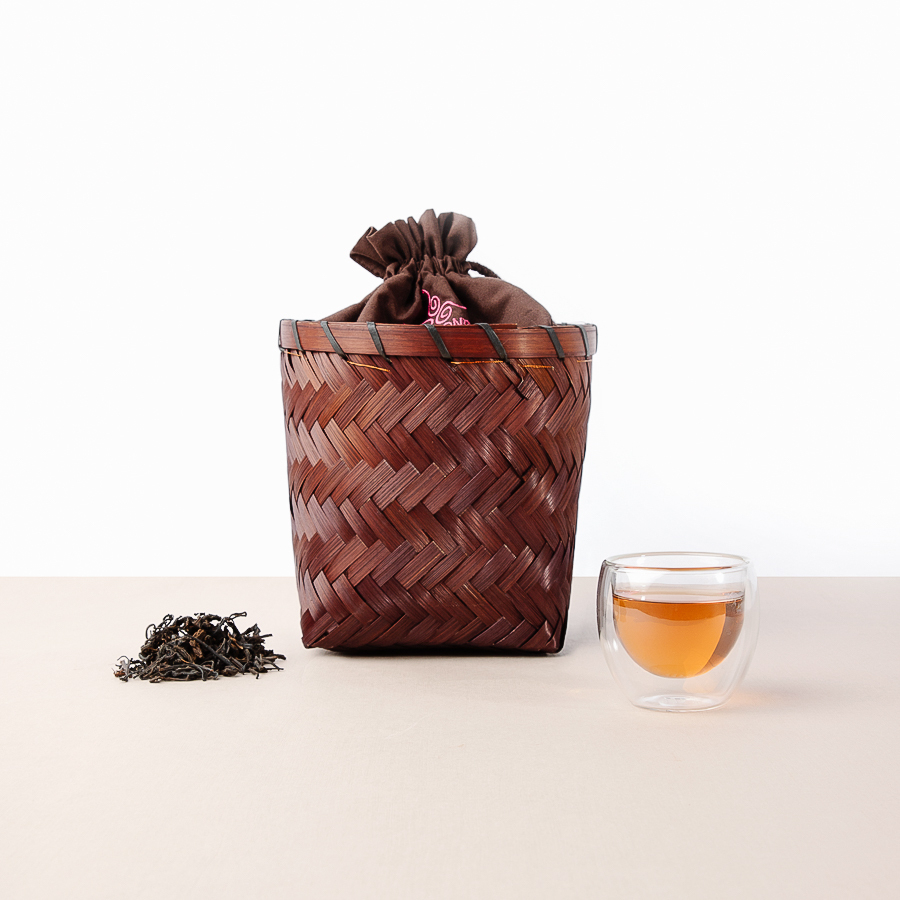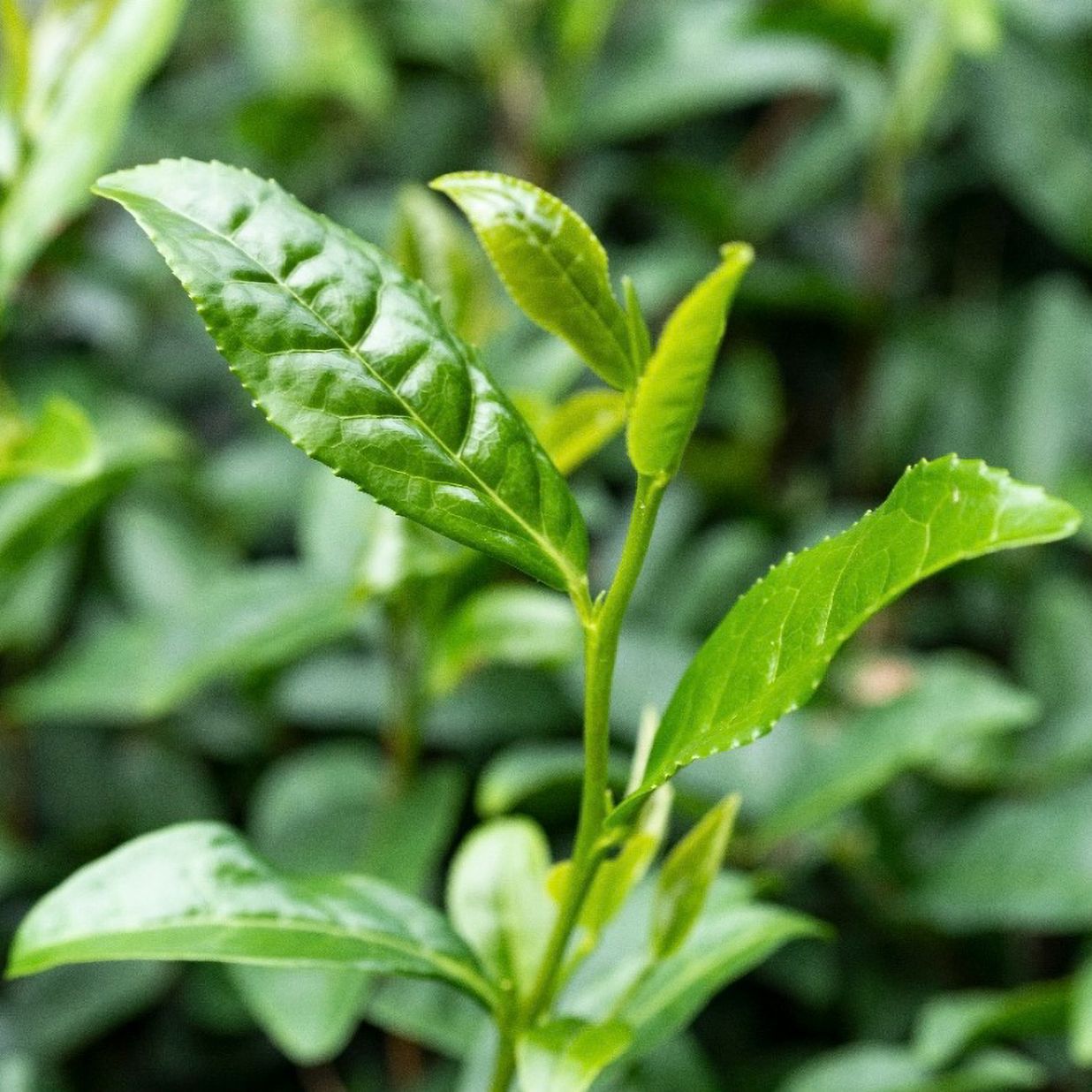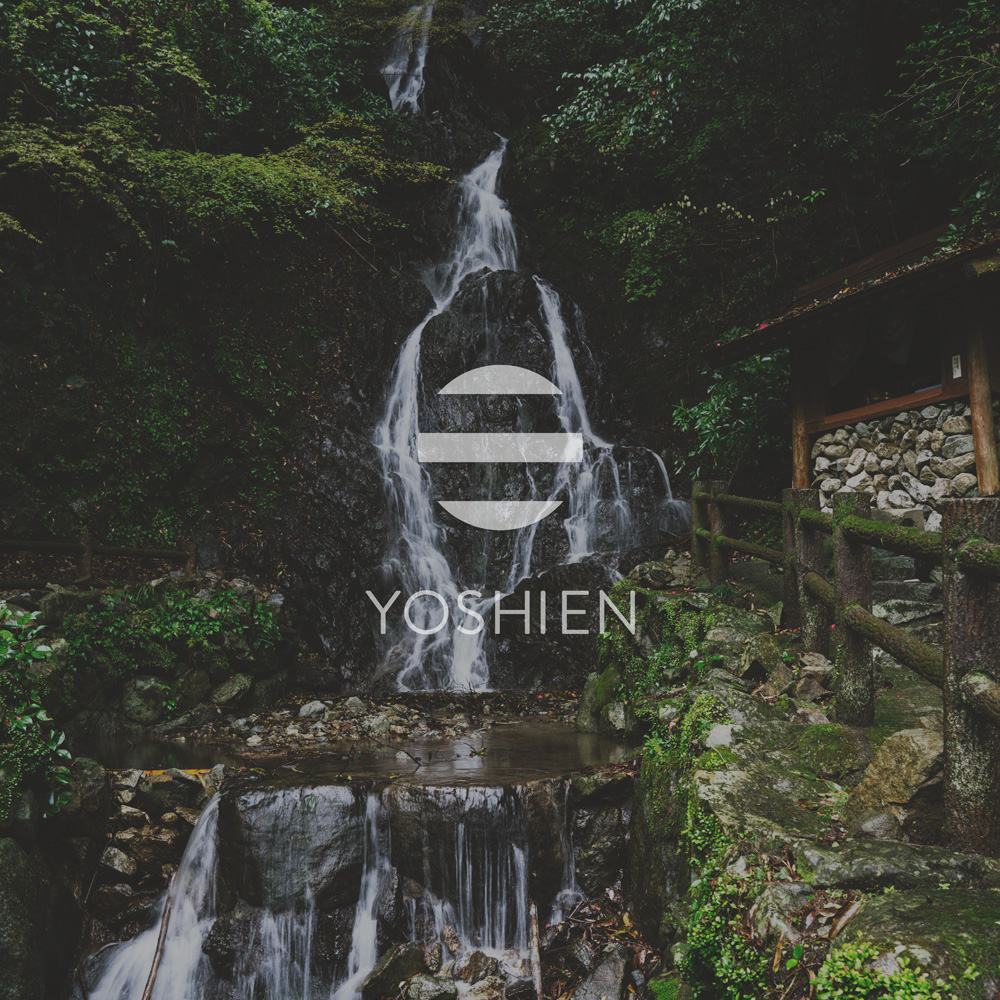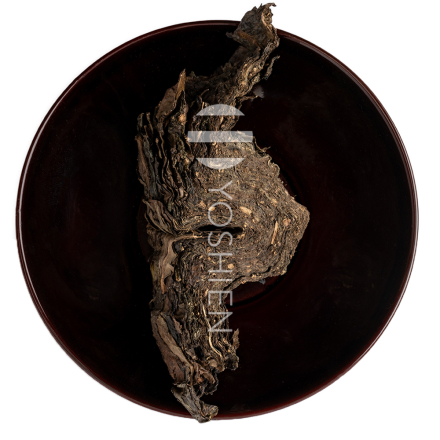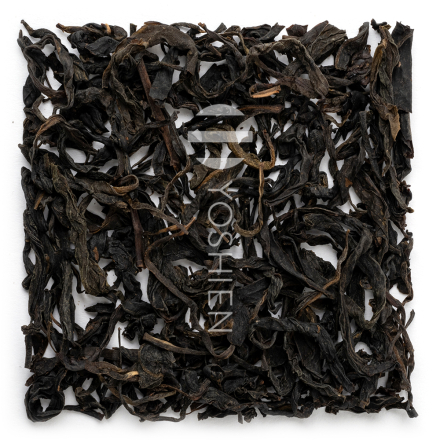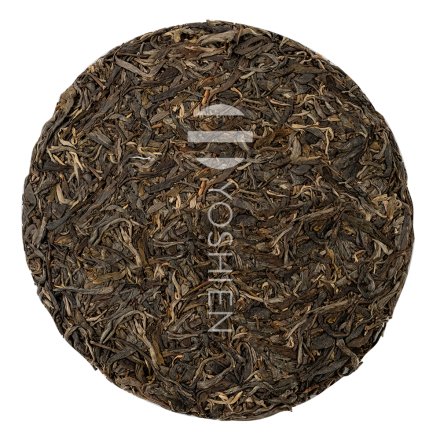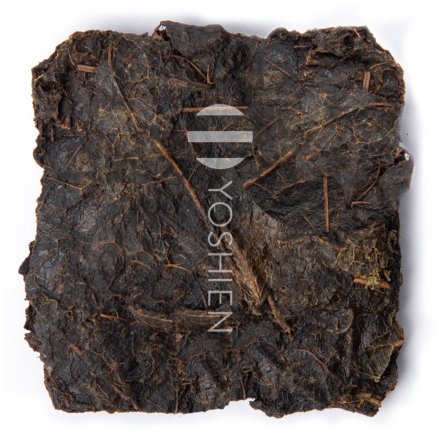Special features in location, cultivation and processing
The glacial rocks of Anhua are remnants of the global ice age that occurred 650 million years ago, in which a dramatic shift from extreme cold to extreme heat led to the formation of these rare glacial rocks. Due to their immense age, they are known as "longevity stones" or "fortune stones" and are revered as a natural treasure. Anhua is home to the world's highest concentration of these rocks, accounting for approximately 85% of the global supply. The soil in this region is deeply weathered, highly permeable, and rich in organic matter and a diverse array of minerals, offering optimal nourishment for tea plants. Paired with its ancient history, these unique conditions make Anhua an almost mystical tea-growing region.
The Production of Anhua Hei Cha
The process begins with the careful selection of high-quality tea leaves, typically from the large-leaf variety of the Camellia sinensis plant, harvested in spring or early summer. The leaves used for our Hei Cha come from very old trees, some over 100 years old, with deep roots that penetrate the region’s mineral-rich rock layers. After harvesting, the leaves are spread out for withering and oxidation before being rolled and further oxidized. This is followed by the "Kill Green" process, in which oxidation is halted by heat. In the case of Anhua Hei Cha, this involves not only the traditional roasting common in Chinese teas but also an initial steaming process using hot air. Next, the leaves undergo a second rolling before being stacked for a carefully controlled fermentation process known as "piling". This step, lasting several days, is also used in the production of Shou Pu-erh in Yunnan. The production methods of Shou Pu-erh, developed in the 1970s, were heavily influenced by the traditional techniques of Anhua Hei Cha, making Hei Cha a key precursor to modern Shou Pu-erh. Following fermentation, the leaves go through a second rolling and roasting phase, before undergoing their final drying process in an oven, completing the transformation into the rich, complex Anhua Hei Cha.




